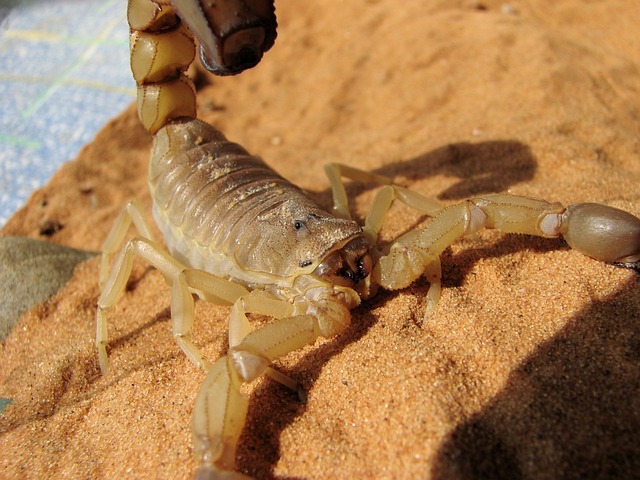Cell Evolution refers to the process by which the earliest forms of life on Earth evolved and diversified into the complex cellular structures seen in modern organisms. This encompasses the transition from simple molecules to protocells, the development of prokaryotic and eukaryotic cells, and the emergence of multicellular organisms.
1. Abiogenesis and the Origin of Life (4.0 – 3.5 billion years ago)
Abiogenesis: This is the first process in Cell Evolution by which life arose naturally from non-living matter on the early Earth. It likely involved the formation of simple organic molecules in a primordial soup or deep-sea hydrothermal vents.
Protocells: Simple, membrane-bound structures could have formed through the spontaneous assembly of lipids and other organic molecules. Consequently, these protocells may have exhibited some basic properties of life, such as metabolism and replication.
2. Prokaryotic Cells (3.5 billion years ago)
First Prokaryotes: The earliest true cells were prokaryotes in the course of Cell Evolution. These are simple, single-celled organisms without a nucleus. Bacteria and Archaea are the two main domains of prokaryotes.
Cyanobacteria: This significant group of prokaryotes evolved around 2.7 billion years ago. They are notable for performing photosynthesis, releasing oxygen as a byproduct, and contributing to the Great Oxygenation Event.
3. The Great Oxygenation Event (2.4 – 2.0 billion years ago)
Oxygen Accumulation: The oxygen produced by cyanobacteria began to accumulate in the atmosphere. As a result, this led to significant changes in the Earth’s environment, marking a remarkable event in the journey of Cell Evolution.
Evolutionary Pressure: Consequently, the rise in oxygen levels created evolutionary pressure. It favoured organisms that could utilize oxygen for respiration, a more efficient energy production process compared to anaerobic methods.
4. Eukaryotic Cells (1.8 – 1.5 billion years ago)
Endosymbiosis Theory: Eukaryotic cells are thought to have originated through endosymbiosis. Here, a prokaryotic cell engulfs another prokaryote, leading to a symbiotic relationship. This gave rise to mitochondria and chloroplasts, key organelles in eukaryotes.
Complexity: As a result, eukaryotic cells are larger and more complex than prokaryotic cells. They have a nucleus, membrane-bound organelles, and a cytoskeleton.
5. Multicellularity (1.2 billion years ago)
Transition to Multicellularity: Eventually, some eukaryotic cells began to form multicellular organisms. Cells became specialized and worked together as a cohesive unit. This allowed for greater complexity and diversity in form and function.
Early Multicellular Life: Initially, the first multicellular organisms were likely simple colonies of cells. These colonies gradually evolved into more specialized and interdependent structures.
6. Diversification of Life (600 million years ago – Present)
Cambrian Explosion (around 541 million years ago): This was a period of rapid diversification of life forms. It led to the emergence of most major animal phyla.
Evolution of Plants, Animals, and Fungi: Meanwhile, the three major lineages of multicellular eukaryotes diverged. They evolved into a vast array of life forms, from simple mosses to complex mammals.
Recent Advances: Finally, ongoing evolution continues to shape life on Earth. New species are emerging and adapting to changing environments.
Cell evolution is driven by genetic variation, environmental pressures, and various evolutionary mechanisms, resulting in the dynamic and adaptive nature of life on Earth.
The evolution of cells from simple molecules to complex multicellular organisms is a testament to the dynamic and adaptive nature of life. Each stage of this journey represents a significant leap in biological complexity. This evolution is driven by genetic variation, environmental pressures, and the interplay of various evolutionary mechanisms. This history underscores the intricate web of life that has developed over billions of years, leading to the rich diversity of organisms we see today.








0 Comments